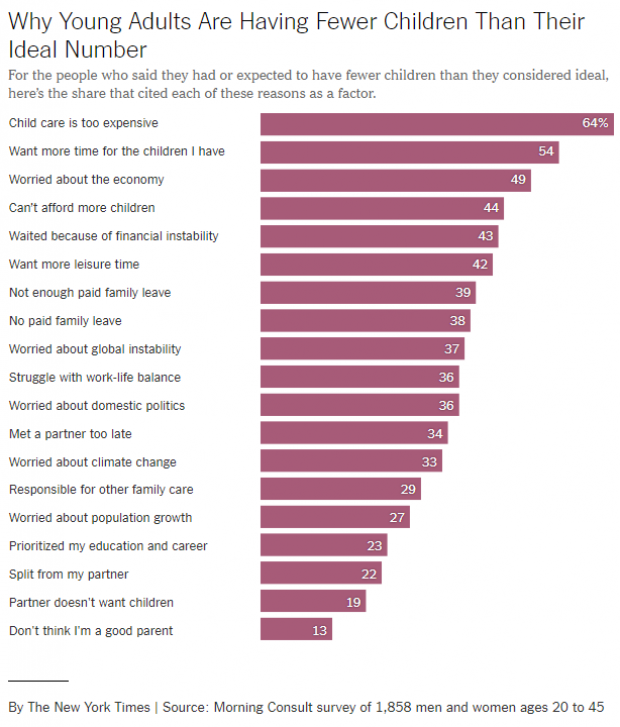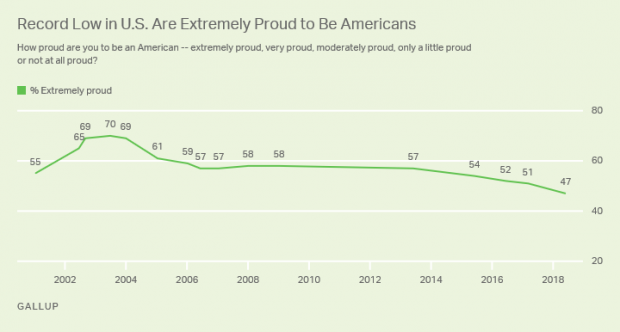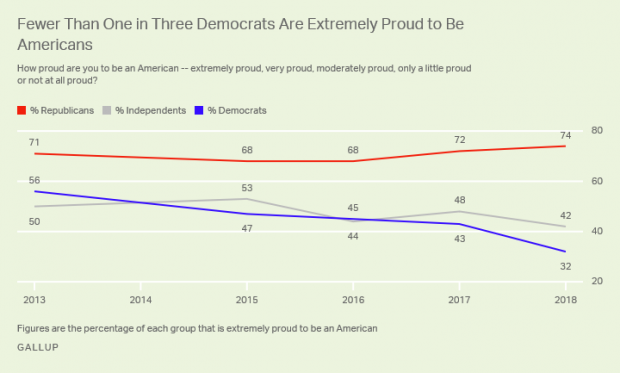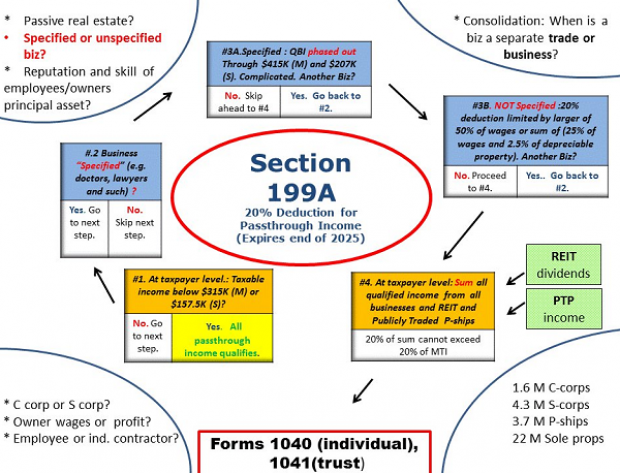How Hurricane Harvey Could Transform the Budget Battle in Washington
The costs of Hurricane Harvey could climb as high as $100 billion, according to at least one estimate. While it will still take weeks for the full extent of the damage to become clear, the catastrophic flooding — and a recovery effort that is likely to take years — will almost certainly have an impact on some critical upcoming deadlines for lawmakers in D.C.
White House and congressional GOP officials told The Washington Post on Sunday that they expected to begin discussing emergency funding for disaster relief soon. Those discussions could present challenges for other items on President Trump’s agenda, from tax reform to a border wall with Mexico.
President Trump had threatened to shutdown the government if any funding bill failed to include money for the border wall with Mexico. But the need for disaster relief funding — and the political risk of failing to deliver such funding — could force the president and Congress to act more quickly to fund the government and avoid a partial federal shutdown. “That is because a government shutdown could sideline agencies involved in a rescue and relief effort that officials are predicting will last years,” Mike DeBonis and Damian Paletta of The Washington Post report.
The balance of the Federal Emergency Management Agency’s disaster relief fund stood at just $3.8 billion at the end of July — with $1.6 billion of that money set to be spent elsewhere. The funds needed for Harvey recovery alone may well exceed the total disaster relief budget for the current and upcoming fiscal years, The Post noted. Also, Congress must reauthorize the National Flood Insurance Program, which is more than $24 billion in debt, by the end of September and ensure that its legal borrowing limit, now around $30 billion, is sufficient to cover expected claims from Harvey victims.
William Hoagland of the Bipartisan Policy Center, who served as a former GOP staff director for the Senate Budget Committee, said the hurricane could also lead to the debt ceiling being raised faster than it otherwise might have been so as to ensure that the Treasury can provide emergency cash to storm-hit areas.
That’s not to say the disaster relief funding won’t devolve into a congressional fight. Both Hurricane Katrina in 2005 and Superstorm Sandy in 2012 led to budget fights in Congress in which Republicans resisted disaster funding that wasn’t offset by other spending cuts.
|
|
Tweet of the Day
 |
|
Top Budget Expert Thinks We’re Headed for a Government Shutdown
Noted budget expert Stan Collender – who is sometimes referred to as “Mr. Budget” and who tweets under the name, @TheBudgetGuy – says that odds are better than even that the federal government will shut down this fall. Disputes over raising the debt ceiling are also in the cards, though with slightly less probability of a chaotic ending.
Collender says in Forbes that the problem lies with the current internal dynamics of the Republicans in Congress. In any other year, single-party control would mean less chaos in budget matters, not more. But the GOP is unusually divided right now. Collender argues there are seven contentious factions that are making it hard to get things done. In the House, there’s the conservative Freedom Caucus and the more moderate Tuesday Group. The Senate is similarly divided, but there is no real alignment between the Senate and House versions of each group. Then there’s the leadership of each chamber, which have their own interests and responsibilities that sometimes clash with the others. Last but not least, there’s President Trump, who is becoming something of a party unto himself.
These seven factions could make it very difficult to solve the two pressing fiscal problems – raising the debt ceiling to avoid a potential default on U.S. debt and funding the government to avoid a shutdown – that loom before October 1.
On the debt ceiling, the Trump administration has called for a “clean” debt ceiling hike, unencumbered by any other policy changes. But the Freedom Caucus has sent mixed signals on the subject, and there’s a good chance that the hardline conservatives won’t play along with the moderates to raise the ceiling, forcing House Speaker Paul Ryan (R-WI) to turn to Democrats for help – in which case, the Freedom Caucus could push for Ryan’s ouster, as they did with former speaker John Boehner in 2015.
On funding the government, a short-term spending bill, called a continuing resolution, seems like a relatively easy solution, even if it only puts off the budget fight temporarily. But President Trump, the ultimate wild card, has altered the game by threatening to veto any such funding if it fails to include money for a border wall. It’s all too easy to imagine that showdown ending with a shutdown.
|
|
 |
The High Cost of Debt Ceiling Brinksmanship
Every time Congress dithers on raising the debt ceiling, the Treasury Department is forced to take “extraordinary measures” to make sure it has enough cash to pay the country’s bills in full and on time without hitting the ceiling. Kellie Mejdrich at Roll Call reminds us that these measures come with a considerable cost, even without a default on the debt.
The Treasury began employing extraordinary measures last March, when the suspension of the debt limit brokered in a budget deal in November 2016 expired. With the debt ceiling back in force, the Treasury had to look for ways to avoid hitting the limit, currently $19.8 trillion. Treasury has several options — it defines four of them here — which involve not spending all of the money is it legally authorized to spend. For example, the Treasury may avoid making full investments in pension and savings accounts of government employees, delaying payments until a later date.
These measures tend to make the financial markets nervous, especially over time as the threat of default grows, which can move interest rates higher than they otherwise would be. The Bipartisan Policy Center points out that the current debt ceiling impasse sent short-term Treasury bill rates higher in July, raising the costs of issuing debt for the U.S. government.
Looking back at the debt ceiling brinksmanship of 2011-2012, the Government Accountability Office concluded that delaying the increase in the debt limit cost the Treasury at least $1.3 billion:
“Delays in raising the debt limit can create uncertainty in the Treasury market and lead to higher Treasury borrowing costs. GAO estimated that delays in raising the debt limit in 2011 led to an increase in Treasury’s borrowing costs of about $1.3 billion in fiscal year 2011. However, this does not account for the multiyear effects on increased costs for Treasury securities that will remain outstanding after fiscal year 2011. Further, according to Treasury officials, the increased focus on debt limit-related operations as such delays occurred required more time and Treasury resources and diverted Treasury’s staff away from other important cash and debt management responsibilities.”
|
|
Robert Samuelson: Why Trump’s Tax Reform Won’t Work
It’s hard to imagine that tax reform is No. 1 on the Republicans’ to-do list when they still don’t have a 2018 budget. Worse, they still haven’t agreed to raise the debt ceiling, as the federal government continues to draw down what was $350 billion in cash reserves in January to $50.6 billion as of last Thursday, according to The Washington Post.
Maybe that’s why the Post’s economics columnist, Robert J. Samuelson, was inspired to challenge the GOP’s idea that cutting taxes is “tax reform,” which implies an improvement over the old system.
Samuelson is clearly disturbed about Trump’s tax plan, which primarily benefits the rich at the expense of the poor and adds an additional $3.5 trillion in deficits over a decade, according to the Tax Policy Center. It’s not clear how that’s an improvement.
Samuelson says, “If tax cuts were initially financed by more deficit spending, the costs of today’s lower taxes would be transferred to future generations.” That now includes the largest generation in America — the Millennials — as Baby Boomers die off.
The key argument against tax cuts, Samuelson says, is that contrary to Republican claims, they don’t stimulate significantly faster growth. “Tax cuts may cushion a recession and improve the business climate, but they don’t automatically raise long-term growth. A 2014 study by the Congressional Research Service put it this way: ‘A review of statistical evidence suggests that both labor supply and savings and investment are relatively insensitive to tax rates.’”
For Samuelson, the facts point in a different direction: “The truth is that we need higher, not lower, taxes. … We are undertaxed. Government spending, led by the cost of retirees, regularly exceeds our tax intake.”
But will Republicans raise taxes? That’s not a likely outcome given the current budget debate, which would need a dose of honesty that is sorely missing.
|
|
US Companies Push Back on One Idea for Taxing Their Foreign Profits
The corporate lobbying push on tax reform is on in full force. If you watch cable news, you’ve likely seen ads from the Business Roundtable and other groups that are already spending millions of dollars to promote tax reform on television and radio. But not all the efforts are so public.
In a piece in Sunday’s Wall Street Journal, Richard Rubin offers details on one behind-the-scenes campaign by corporations to shape tax reform. Rubin reports that a group of large U.S. companies called the Alliance for Competitive Taxation issued a policy paper earlier this month warning against the “unintended and adverse consequences” of introducing a minimum tax for foreign earnings.
Such a minimum tax is reportedly one option under consideration as part of a shift to a territorial tax system, with a lower corporate rate for domestic profits, intended to incentivize companies to bring back some of the profits they have stashed in foreign countries to avoid paying a high tax rate on those earnings at home.
The minimum rate would be below the new statutory corporate rate and act to reduce the incentive to keep foreign profits in other countries.
But the companies in the alliance, including Eli Lilly, United Technologies and UPS, warned that a minimum tax would put American corporations at a disadvantage to their global competitors.
Kyle Pomerleau of the conservative-leaning Tax Foundation wrote recently that a broad minimum tax on foreign earnings would still give companies incentive to move their headquarters out of the U.S. to avoid the tax.
But Chye-Ching Huang, deputy director of federal tax policy at the left-leaning Center on Budget and Policy Priorities, tweeted Monday that multinational corporations want a “cartoon” version of the territorial tax system — one that would bring “0% US tax on their foreign profits. Giant incentive to shift profits offshore. Weak guardrails to stop it.”
|
|
|
|
|












